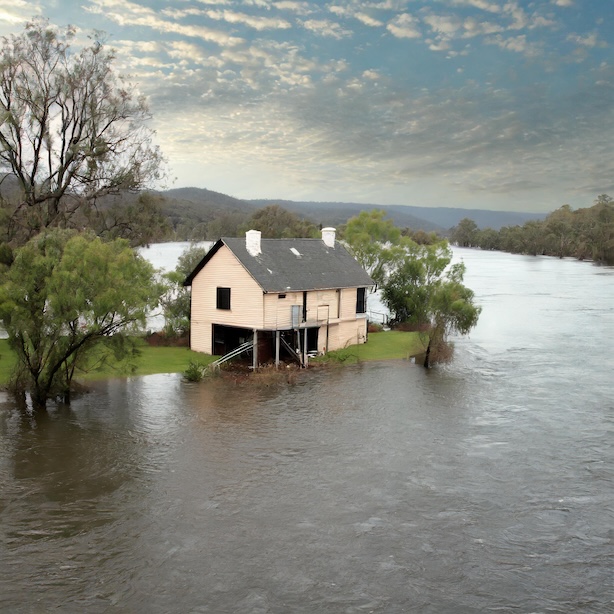Rising Home Insurance Costs Amid Climate Challenges: A Call for Resilience and Affordability

Australian insurers have faced significant losses, exceeding $650 million over the last four years, due to the increasing costs of natural disasters like floods and bushfires, a trend exacerbated by climate change. Despite a substantial rise in home insurance premiums by over 50% since 2020, 12% of Australian households are now under financial strain, dedicating more than a month’s income to cover these premiums. The industry warns that without improved planning laws and investment in climate-resilient infrastructure, premiums will continue to escalate. This increase contributes to inflation and economic pressure, with insurance inflation reaching its highest rate in decades.
The affordability crisis is particularly acute for households in disaster-prone regions, such as coastal Queensland and fire-affected areas in Victoria. Many are choosing to forego necessary coverage due to cost, leaving them vulnerable. Experts argue that investing in mitigation efforts, such as better building standards and infrastructure improvements, can help alleviate these pressures.
The situation underscores the need for a comprehensive approach to addressing the impact of climate change on insurance costs. This includes immediate measures to support affordability, long-term investments in resilience, and potentially government interventions to ensure access to essential insurance. As home insurance premiums continue to rise, it’s more important than ever for homeowners to compare insurance options to ensure they are getting the best possible coverage for their needs.